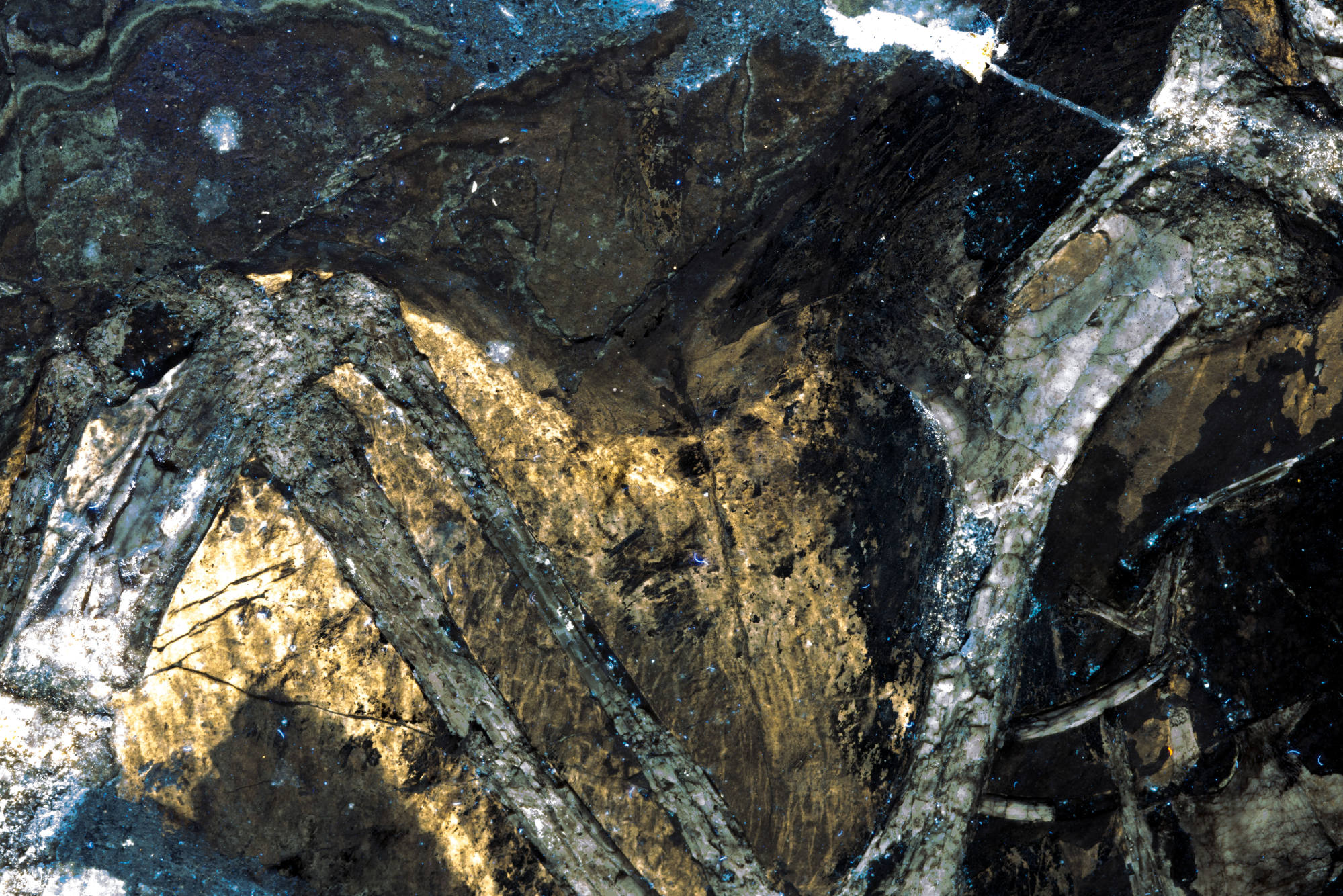Imaging of soft tissue shows flying dinosaurs used shoulders and chest to power their wings, unlike today’s birds which just rely on chest muscles. First bird example with ‘upstroke-enhanced flight’ is named after Chinese philosopher Confucius. — SCMP
The world’s first flying dinosaurs stayed aloft with a different muscle system than today’s birds, an international team of scientists has confirmed using advances in laser technology.
The team said the early birds used their shoulder muscles to lift their wings and used chest muscles to depress them, unlike modern birds that use only their chest to power their flight stroke.
The researchers said they used new laser imaging technology to study the soft tissue of fossil specimens to confirm a hypothesis that had previously only been based on the analysis of bony fossils and living birds.

In a study led by a researcher from the Chinese University of Hong Kong, the scientists analysed the soft tissue of more than 1,000 fossil specimens housed at the Shandong Tianyu Museum of Nature in China, home to a large collection of feathered dinosaurs and early birds.
“Soft tissues are very rare to find in fossils,” said Michael Pittman, lead author and an assistant professor who specialises in the flight evolution of vertebrates at CUHK’s school of life sciences.
“Using hi-tech laser imaging technology, we were able to reveal soft tissues that were otherwise invisible by studying over 1,000 specimens of feathered dinosaurs and early birds from northeast China.”
The technology involves laser light interacting with fossils in a non-destructive way to show the outline as well as internal and external details of preserved soft tissue.
The technology had been used in a previous study that found a flying reptile that lived 150 million years ago could use its wings and webbed feet to lift off from water like a duck.
The team from CUHK and Linyi University in Shandong, as well as the Foundation for Scientific Advancement, Mount Marty University and the University of Wisconsin–Madison in the United States, published their findings in the peer-reviewed journal Proceedings of the National Academy of Sciences on Tuesday.
Pittman said before their study of soft tissue, understanding of how early birds flew was only based on evidence from bony fossils and living birds.
“Our discovery represents a milestone for our understanding of flight origins,” he said.
Today, avian flight muscles for both lifting and depressing the wings are on the chest, below the wings. This gives birds a better weight balance during flight and was made possible by reorganising flight muscle architecture, according to Pittman.
The team said this was an evolution from an ancestral flight system thought to be divided between shoulder muscles powering the upstroke and chest muscles powering the downstroke.
The team identified an extinct short-tailed bird, Confuciusornis, from the Late Jurassic and Early Cretaceous named after Chinese philosopher Confucius, as “the first example of an upstroke-enhanced flight stroke”.
They found that the bird had very muscular shoulders but a less muscular chest, suggesting that its flight stroke was dominated by the upstroke that was powered by the shoulder muscles.
Sapeornis, a bird that lived during the early Cretaceous period, was found to have lost its breastbone, or sternum. The researchers said this occurred because its downstroke was too weak to support a pectoralis muscle on the chest that would be strong enough to keep the breastbone. – South China Morning Post





